Qigong Healing Techniques
Anyone of any age or physical condition can practice Qigong healing techniques. Qigong improves your physical, emotional, mental and spiritual health. Qigong healing techniques integrate posture, movement, breathing techniques, self-massage, sound, and focused intent.
What is Qigong?
‘Qi’ is the name for vital life-force or life-force energy. Qi (Chi) means ‘breath’ or ‘air’ that penetrates and permeates everything in the universe. Chi is also known as prana in Sanskrit and bioelectricity in the West.
‘Gong’ is another term for work or effort. It is the commitment that you put into any practice or skill that requires time, patience, and repetition to perfect.
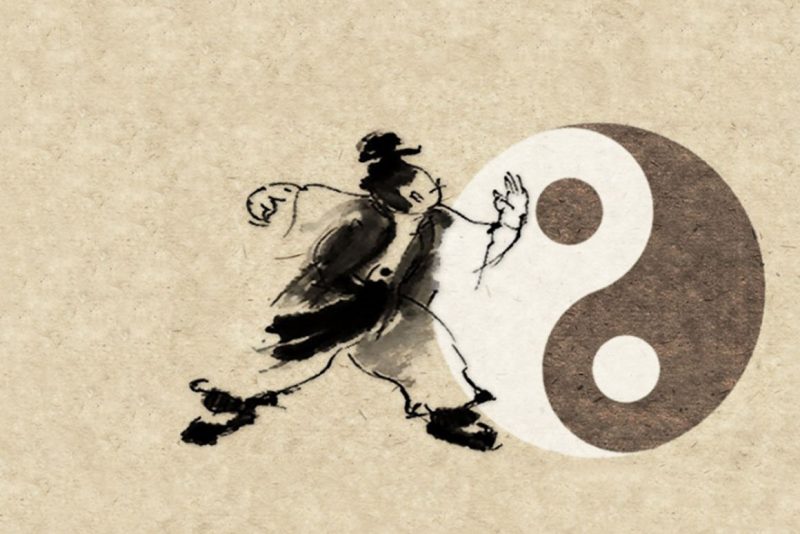
Through study and practice, you learn to manipulate Qi for self-healing, healing others, preventing disease, and to increase your lifespan. Qigong opens the flow of energy in the acupuncture meridians that are used in Chinese medicine. It enhances our ability to feel the life force underlying the physical world and to deepen your communication with it.
Thousands of scientific studies have proven that qigong healing techniques work. Qigong is effective at helping with high blood pressure and chronic illness as well as emotional frustration, mental stress, and spiritual crisis. Slow gentle qigong movements warm tendons, ligaments, and muscles, improve the tone of vital organs and connective tissue and improve circulation of blood, synovial fluids, and lymph.
Powerful Effects of Qigong
Qigong is the basic exercise system within Chinese medicine. Qigong exercises are designed to help you clear your physical and spiritual essence, strengthen and balance the flow of Qi energy, and align all aspects of your being with divine flow.
The exercises and meditations in qigong harmonise the yin and yang aspects of being and doing. Yin exercises include relaxed stretching, visualization, and breathing. Yang exercises are more dynamic and effective for supporting the immune system.
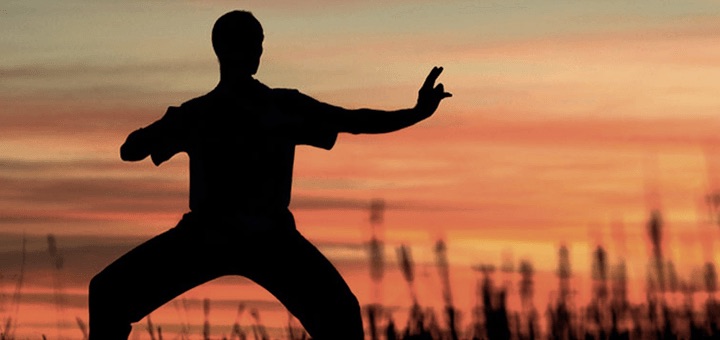
In Qigong, Qi energy is moved through one or more of the 20 channels of the body. The exercises balance your Qi energy, smooth the flow, and strengthen your body. In Chinese medicine, Qigong exercises are used to maintain health, prevent illness, and extend longevity.
Qigong can help you become the most balanced you can be. It is important to choose what suits your individual constitution. We each have inherited imbalances that we cannot control and for some people it is easier to achieve balance and strength than it is for others.
Qigong is a complete system of exercise and meditation that lasts a lifetime. The routines are usually gentle and have very powerful effects over time. Qigong is also used to extend longevity, for attaining spiritual enlightenment, and as a martial art to perform otherwise impossible feats.
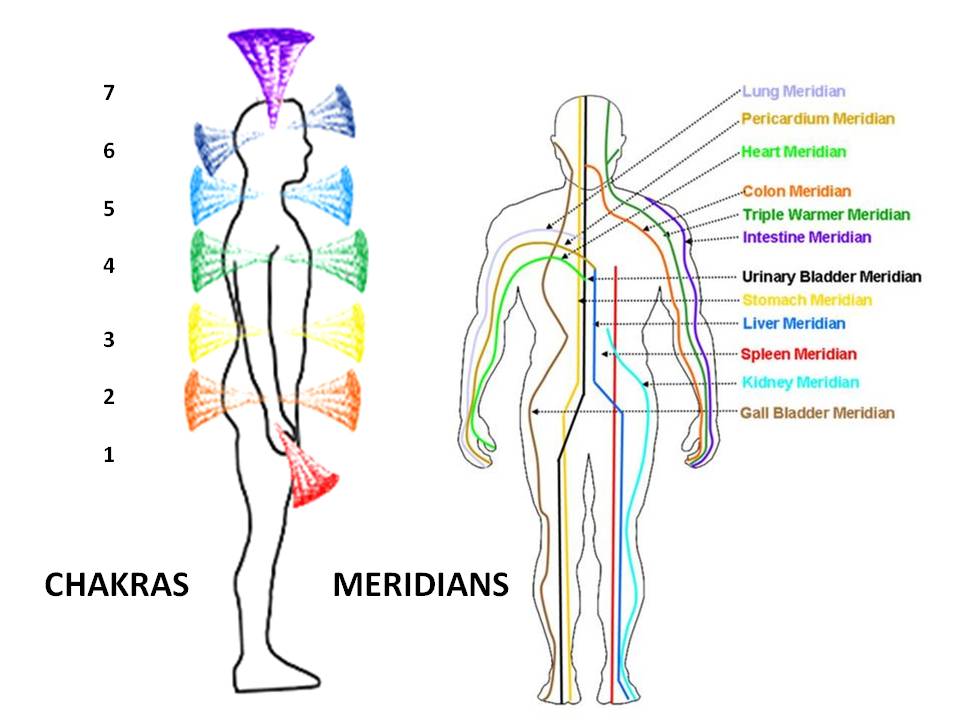
Healing Benefits of Qigong
Qigong exercises help maintain health by creating a state of mental and physical calmness. This indicates that the Qi energy is balanced and harmonious. The exercises allow your body, mind, and spirit to function most efficiently with the least amount of stress.
When you start to practice Qigong you focus on letting go. Most imbalances arise from holding on to too much for too long. Qi strength is revealed by a smooth, calm, concentrated effort that is free of stress and does not push one part of the body against another.
Qigong is a powerful way to prevent and manage illnesses. When disharmony appears, Qigong healing techniques are often used to restore harmony. In China Qigong is used extensively for people with cancer.
Qigong postures and motions are shaped by the yin and yang principle. This explores the relationship between slow and fast, soft and hard, nothing and something, and internal and external. By flowing between these contrasts, Qigong restores harmony to your channels, energy winds, and organ systems.
You will receive many benefits through regular practice. Your concentration will increase, your breath-work becomes more controlled and your body will naturally self-heal. Also, your quality of life will improve and you will feel in balance and harmony with your body, mind, and environment.
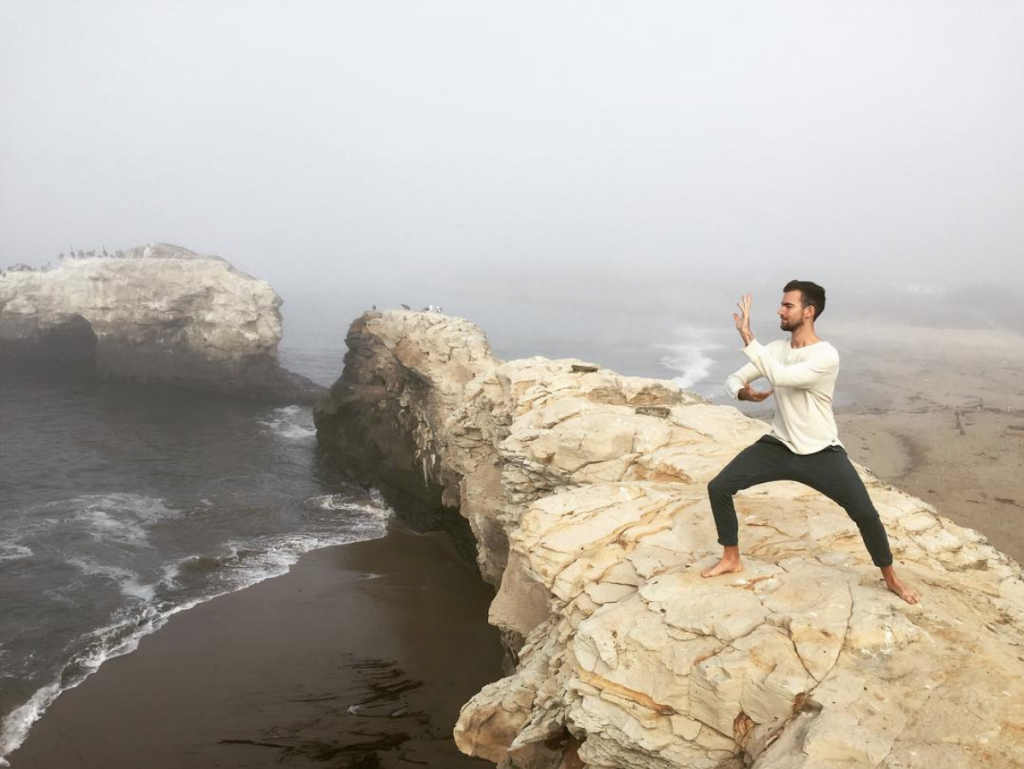
Concentration & Breathing Techniques
Concentration is a process of focusing inwards and letting go at the same time. Through deep relaxation and by expanding your consciousness you create a state of mind that encompasses your body, mind, and spirit. At the same time, you are focused enough to allow outside distractions and worries to drift away.
Lao Tzu described two breathing techniques as a way to stimulate Qi energy. They are known as Buddha’s Breath and Daoist’s Breath. Both methods infuse the body with Qi and help focus meditation.
Buddha’s Breath: When you inhale, extend your abdomen, filling it with air. When you exhale, contract your abdomen, expelling the air from the bottom of your lungs first and then pushing it up and out until your abdomen and chest are deflated. Practice inhaling for a slow count of eight and exhaling for a count of sixteen whilst inviting your Qi energy to flow through your channels. Invite and guide the Qi to flow gently with your mind.
Daoist’s Breath: When you breathe in, you contract your abdominal muscles. When you exhale, you relax the torso and lungs. Daoist breath is the opposite of Buddha’s breath.
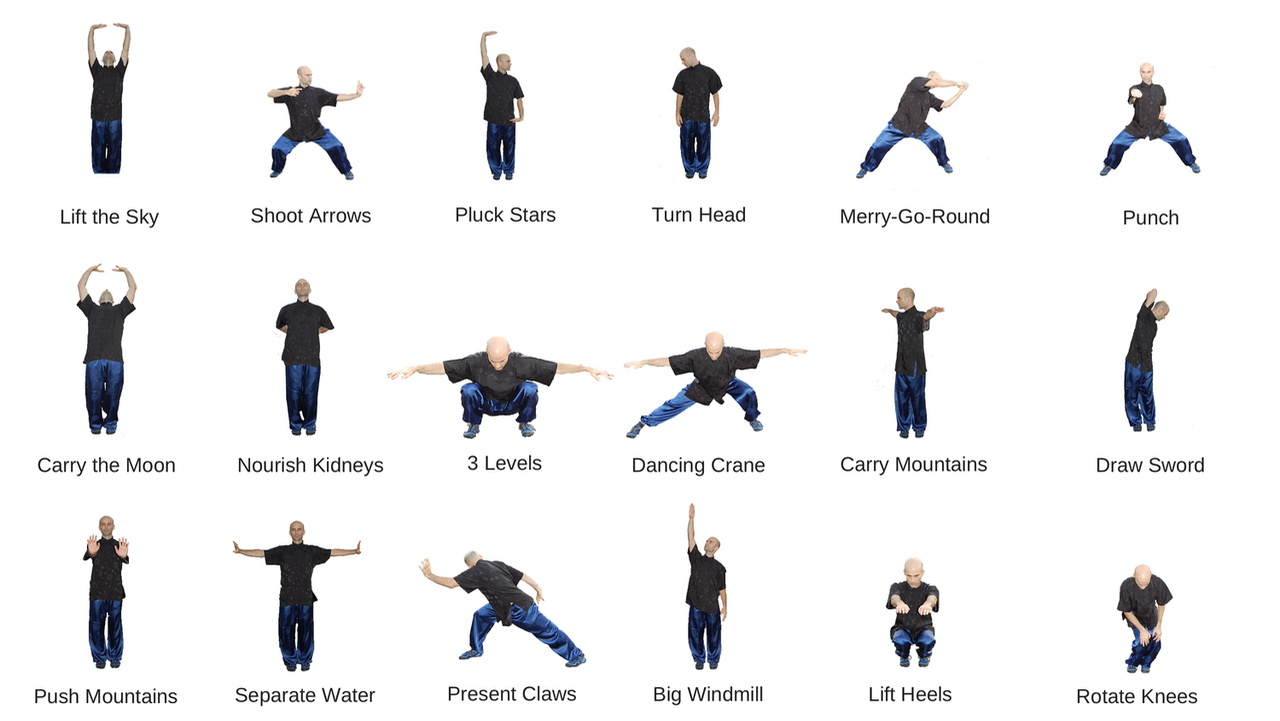
Basic Qigong Exercises
Exercise One: Gentle Sway. Move both of your arms from your shoulders in a gentle swinging motion for five minutes. Twist from the waist as though your torso is a towel that you were wringing out. Never twist from the knees or you may harm them. Also twisting from the waist massages your internal organs. Move your arms side to side across your torso, and then back to front. Then keep your knees slightly bent and let your hips sway. Allow your mind to clear all tension and stress for several weeks. Then shift your focus to think only about the swaying of your arms and the motion of Qi energy. This introduces you to the concept of being mindful of the present.
Exercise Two: The Bounce. With your feet parallel and about shoulder’s width apart, bounce back and forth with loose knees and your arms hanging at the side. Your arms should feel loose and pointing downwards. Do this for one to three minutes initially. Remember to keep your shoulders natural without pulling them back or letting them slump forward too much. You should receive a feeling of deep relaxation throughout your body which brings awareness of internal tension that you can choose to let go of.
These two exercises gently massage and tone your organ systems which helps promote longevity and healing of your body.
Be On Our Next Facilitator Training Experience, Amplify Your Life Become an Extraordinarily Powerful Healer – Click Here
Platinum Package
"*" indicates required fields
Healing For Horses Enquiry Form
"*" indicates required fields
Sign up for our weekly newsletter, for inspiration and fresh content from Jerry Sargeant.
Event Enquiry Form
"*" indicates required fields
Sign up for our weekly newsletter, for inspiration and fresh content from Jerry Sargeant.
Download Prospectus Form
Download Prospectus Form


